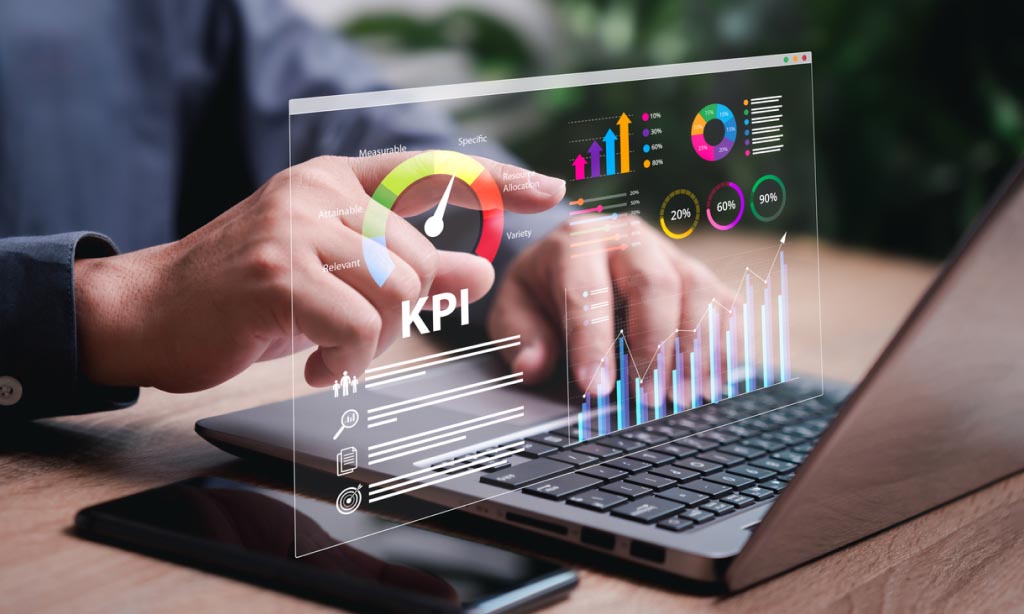An organization’s workforce is its most valuable asset and businesses must have a clear plan to use that workforce effectively. Knowing who you need to hire with what skills at what time to reach your company’s goals makes all the difference. Workforce planning – assessing your current workforce, measuring it against your future ideal workforce and finding ways to bridge the gaps – sets competitive organizations apart.
Successful workforce planning requires strong analysis, forecasting and flexibility. In this post, we explore workforce planning and best practices for the process.
What is workforce planning?
Workforce planning is a strategic approach to ensure an organization has the right people with the right skills at the right time. In today’s competitive business environment, effective workforce planning is essential for maximizing productivity, reducing costs and ensuring a competitive edge.
This strategic process involves forecasting current and future workforce needs, identifying gaps in skills and resources and implementing solutions to meet those needs. Everything from the number of employees your HR team needs to hire and manage to how those employees fit into the overall business plan is covered in these strategic plans.
Why is workforce planning important for businesses?
Workforce planning empowers companies to plan for current and future needs with data-informed decisions, which pave the way to success. The Society for Human Resource Management (SHRM) reports companies that use workforce planning are 50% more likely to achieve their business objectives. HR.com reports that workforce planning results in up to 10% cost savings in less than a year. Furthermore, 60% of the companies that responded to the survey saw better administrative efficiency, 42% said they saw better compliance and 40% saw a boost in employee productivity.
Strategic workforce planning is important because it ensures HR initiatives align with organizational strategy to drive success. Forecasting and planning workforce supply and demand ensures business continuity and empowers effective succession planning.
Effective workforce planning cuts labor costs by shortening time-to-hire, reducing the need for overtime, preparing hiring teams in advance and increasing retention. Because workforce planning finds and targets inefficiencies, an effective plan cuts waste in terms of unused resources or complicated workflows. It also enhances employee productivity by proactively removing barriers to effective work and time management.
Benefits of workforce planning
When your organization has clear plans for the workforce, you see many benefits:
- Strategically aligned road map for attaining business goals: Job functions, tasks and employee mindsets must be aligned to organizational goals for them to become reality. Workforce planning creates this roadmap based on data and analytics rather than guesses or feelings. Moreover, companies that use workforce planning are more adaptable to disruptions in the workforce, whether it’s an outside economic issue, new technology or internal changes.
- Engaged and willing employees: Because it provides clear direction and reduces HR surprises, workforce planning leads to greater employee engagement, higher employee morale and satisfaction and optimized employee productivity. Companies with strategic workforce planning also see less absenteeism, reduced turnover and less burnout.
- Data-supported HR decisions: Workforce planning empowers HR leaders to make decisions based on data, from finding and filling skills gaps to rightsizing office space or headcount. This means more confidence in decisions and more buy-in from employees and leaders.
- Improved bottom line: An effective workforce plan empowers increased operational efficiency, reduces labor expenses and resource waste and increases revenue. Customer satisfaction goes up as well.
Workforce planning challenges
Despite its importance, workforce planning presents many challenges. Organizations often face issues like rapidly changing market conditions, uncertainty in workforce availability and a lack of comprehensive data. One of the biggest challenges to creating an effective workforce plan is time. Many organizations have never taken the time to create an intentional business strategy, let alone set aside the hours necessary to define workforce goals, assess current staffing levels or skills or look toward the future.
Another major challenge is resistance to change. Organizations and the people who work for them tend to be creatures of habit, and introducing new methods, technologies or processes often feels threatening. This is why communication, leveraging data to back up decisions and setting clear goals are so important in strategic workforce planning.
The process of workforce planning
The workforce planning process typically involves several key steps that, when done right, lead to strategic outcomes for the organization. Understanding the current workforce, identifying areas of improvement and forecasting future needs are all critical initiatives of effective workforce planning. This also involves collecting and analyzing data from various sources to ensure decisions are base don accurate and relevant information.
Workforce planning: step-by-step
- Direct strategy: Outline key mission goals and future plans as they pertain to your organization’s strategy and how your workforce must align to them.
- Assess current workforce: Analyze your existing talent and understand their skills, performance levels and potential.
- Forecast future needs: Estimate current and future workforce requirements based on business strategy and market trends.
- Analyze gaps: Identify gaps between current capabilities and future needs, especially workforce demand and supply, based on how much they’ll impact your business.
- Implement the solution: Execute the plans with the right resources and support. Communicate clearly with stakeholders regarding their roles and responsibilities as well as identified goals.
- Monitor progress: Regularly assess the workforce strategy’s effectiveness and make adjustments as necessary.
6 best practices for effective workforce planning
1. Aligning workforce planning with business goals
The basis of any effective workforce plan is strategic alignment. Ensuring your workforce planning initiatives align with the organization’s broader business goals is critical. By creating a direct link between talent management and business strategy, companies prioritize resources more effectively and ultimately make more informed decisions.
It takes time and intention to create and implement an effective workforce plan. It should include ways to monitor the plan and judge its effectiveness.
2. Using technology in workforce planning
Incorporating advanced analytics and workforce planning technologies significantly enhances the planning process. Leveraging big data allows organizations to make more accurate forecasts and better understand workforce dynamics. Tools like ActivTrak workforce planning provide deeper, factual insight into capacity, headcount and productivity so organizations can effectively plan for technology licensing, office space or the impacts of changes to the organization.
For example, predictive analytics tools can help identify potential staffing shortages before they occur, so organizations can proactively address these issues through targeted recruitment efforts. More than 70% of high-performing organizations now use technology to assist in their workforce planning processes.
3. Leveraging data to create goals and track progress
It’s important to have the right goals and KPIs for your organization for a workforce plan to work. Make sure you have the right information for your specific organizational needs, whether that’s headcount, employee engagement, how long employees stay at the company, diversity metrics and more.
Ensure you have the right tools to give you meaningful data to accurately measure your workforce goals. Too much data or the wrong analysis can do more harm than good.
4. Encouraging collaboration for workforce planning
Workforce planning isn’t just for HR teams – leadership needs to understand and support plans to ensure they’re implemented throughout the organization. Data gives leaders confidence in workforce plans and changes as they arise.
No workforce plan will function if employees aren’t willing to participate. After all, these plans specifically affect employees. When employees understand the “why” behind the strategy, they’re much more likely to adhere to processes and procedures and offer their input about what’s working. Regularly asking for feedback from affected employees empowers team members and leadership alike to participate in and improve workforce planning.
5. Tracking markets closely
Workforce planning must involve external information to keep an organization competitive. Labor market and economic trends should inform your staffing decisions. For example, look at how often other businesses in your industry are posting jobs, what skills they’re hiring for and what products or services they’re staffing for.
Another aspect of markets is understanding how competitors and collaborators are using new technology. Artificial intelligence (AI) and machine learning are creating new skillsets in talent circles and changing how organizations manage their workforces. Incorporating these technologies into your workforce plan gives you a competitive advantage.
6. Being flexible and adapting to changes
Workforce plans should not be static – they must evolve with the changing needs of the business and the market. Regularly reviewing and updating workforce planning processes ensures the organization will remain agile and responsive. This also means considering different measures of workforce progress or solutions for departments outside of HR.
Also, understand that effective planning takes time and intention. By establishing ongoing feedback loops and implementing a culture of continuous improvement, organizations quickly adapt to shifts in skill demands, employee satisfaction and operational efficiencies.
Streamline workforce planning with ActivTrak
Ready to transform your organization’s workforce planning into a strategic advantage? ActivTrak’s workforce planning solution delivers deep insights into employee productivity and well-being, so you can make informed decisions that drive success. With our platform, you get actionable data on every aspect of your workforce as well as predictive analytics and trends to make an effective workforce plan. Use scenario planning to see how changes will affect your workforce to be ready for anything.
Join the 9,000+ customers who trust ActivTrak’s award-winning solutions to optimize their operations. Don’t miss the opportunity to leverage our expertise as recognized in the 2023 Gartner Hype Cycle Reports. Contact our sales team today to get started and unlock your organization’s full potential.





